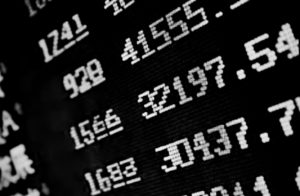 The cost of trading during the continuous phase is at least three times higher than the cost of trading during the closing auction, a study from pan-European exchange Euronext has revealed.
The cost of trading during the continuous phase is at least three times higher than the cost of trading during the closing auction, a study from pan-European exchange Euronext has revealed.
Considering well-known academic continuous market impact models, which are directly linked to execution costs, Euronext found the costs of continuous trading far exceed the empirical cost of trading at the close.
In one example, the study showed that for a trade representing 3% of daily volume, trading at the close amounted to 3.7 bps, significantly less than for continuous trading which amounted to 13.9 bps.
The study measured 160 stocks from Euronext’s cash equity markets in Belgium, France, and the Netherlands from 4 November 2019 to 31 January 2020, prior to the spike in the market volatility in February due to the outbreak of the coronavirus pandemic.
Euronext said that as the closing auction is the most liquid time of the trading day, the larger cost associated with continuous trading comes as no surprise to market participants. Costs of trading are lower when liquidity in the order book is at its highest.
“It is normal that trading on close, being the least costly type of trading, becomes increasingly popular,” the study explained. “Nevertheless, intraday trading remains essential in order to benefit from intraday price opportunities, or when the fund manager’s short-term alpha offsets the greater market impact of continuous trading.”
The percentage of total trading volumes executed in closing auctions across Europe and the US has surged in recent years. In response, market operators have launched various order types and mechanisms to help traders interact with the close.
In 2020, closing auctions represented more than 20% of European trading volumes. The closing auction is considered a safe haven to gain the official closing price by many traders, but others have become uneasy about the trend’s impact on intraday liquidity.